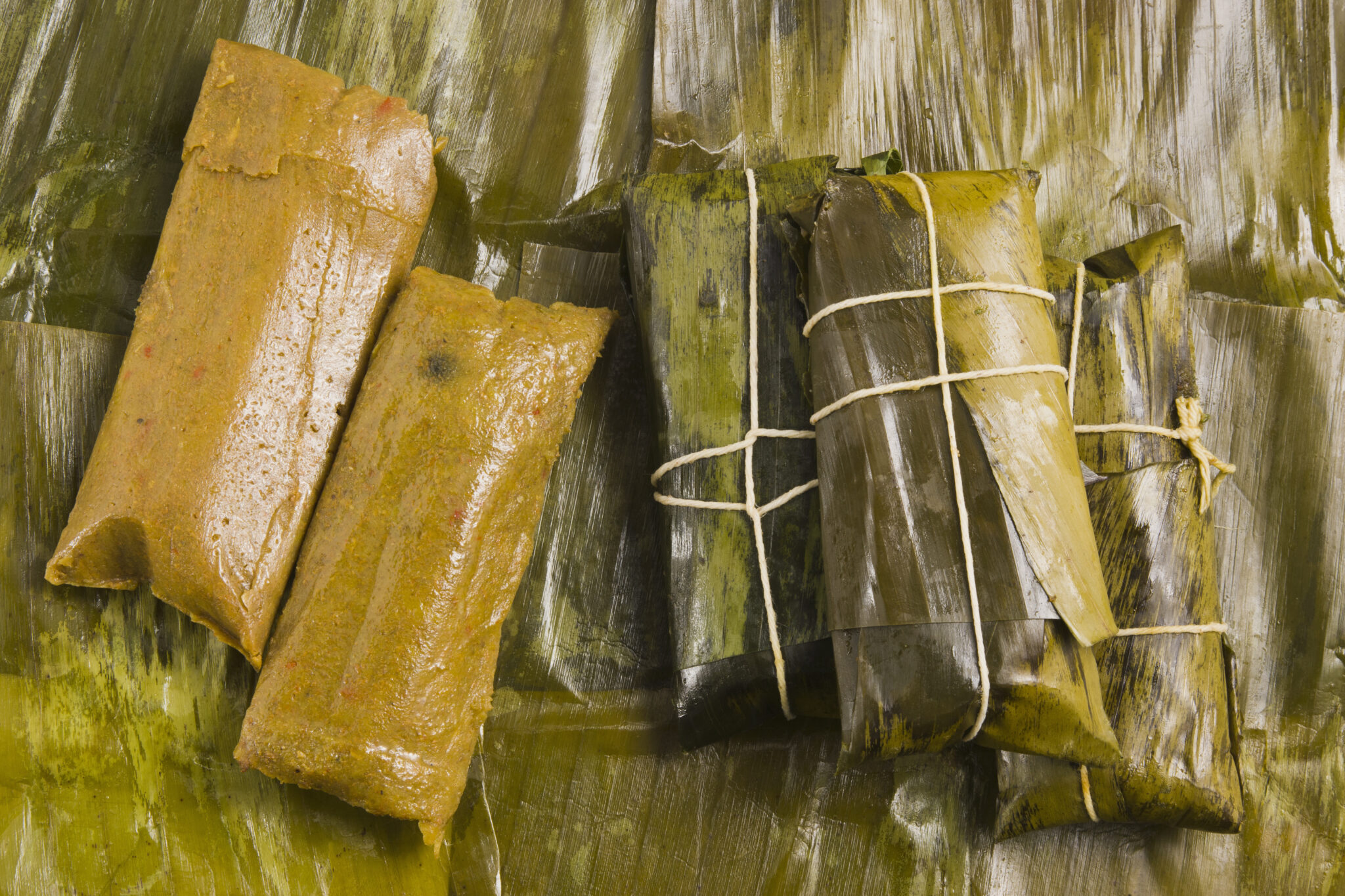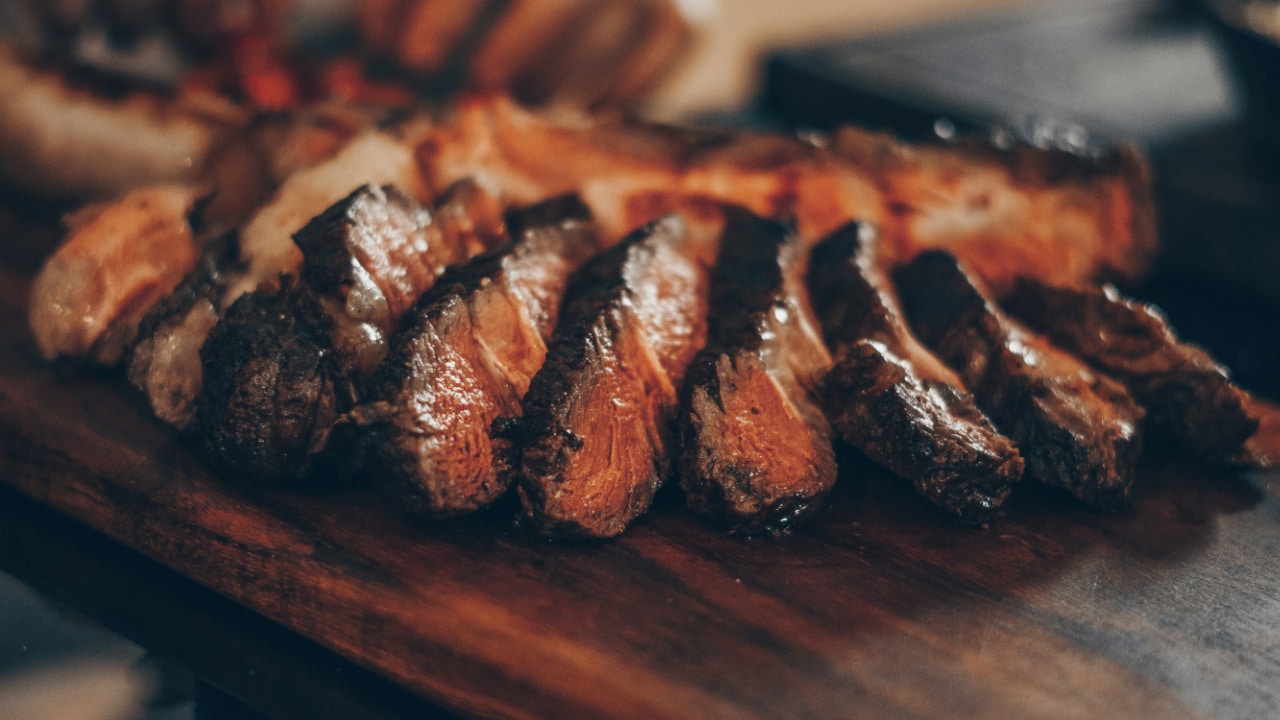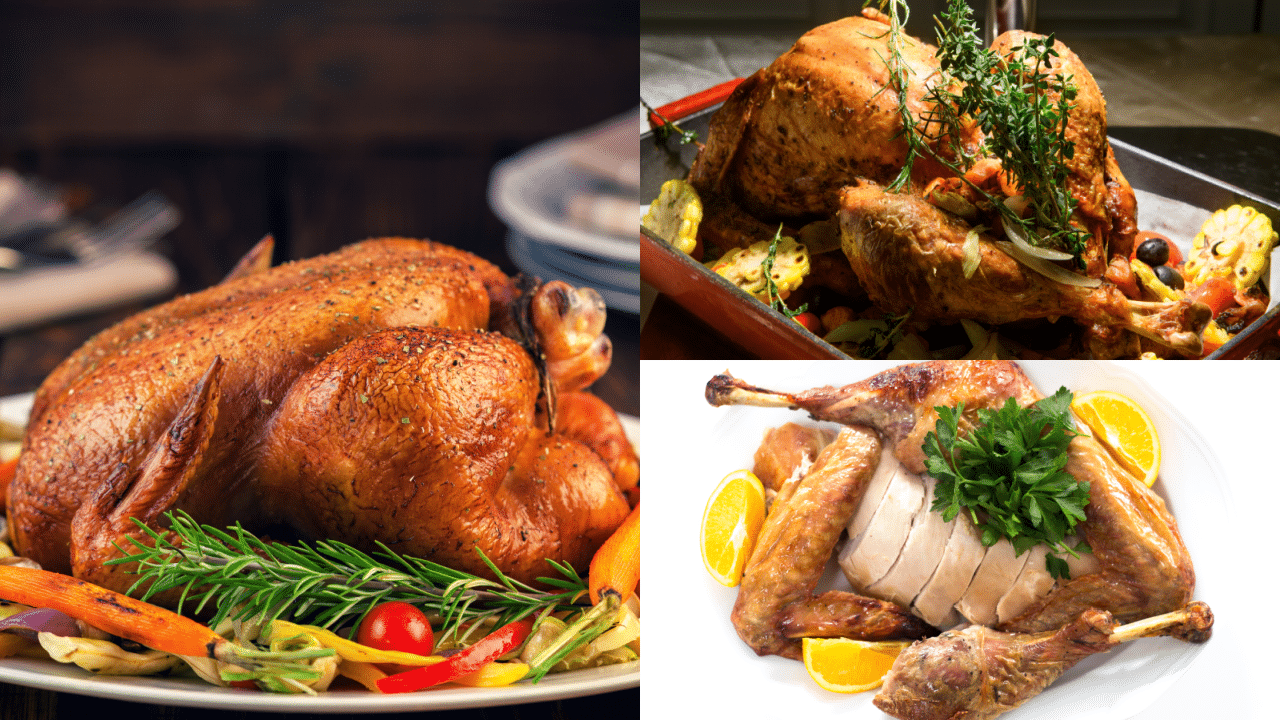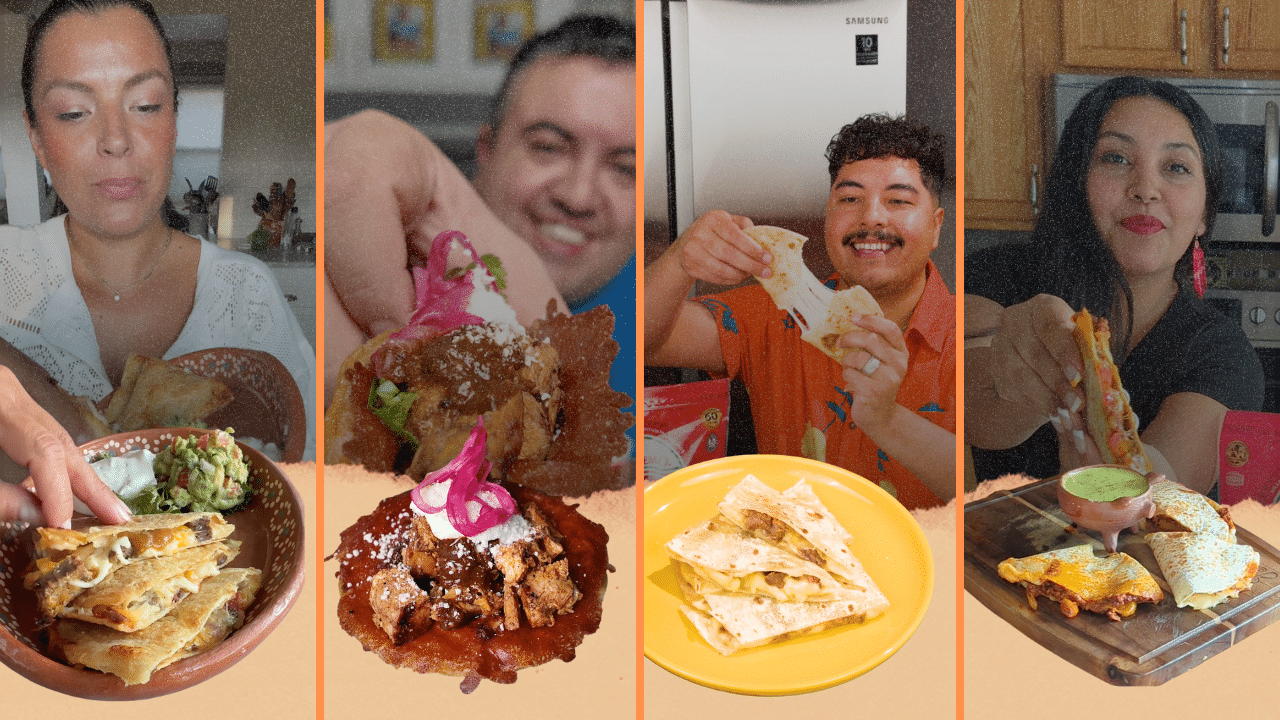From Pasteles to Hallacas: an Encyclopedia of Each Country’s Version of the Dish
You say tamales, others might say pasteles… or hallacas, or pamonhas. Indeed, the rumors are true: most of Latin America eats a wrapped, stuffed masa dish — we just call it different names.
Even though we might call the comforting meal differently, we can all agree that they make the holidays that much better (and tastier). Who doesn’t love a warm corn tamal, stuffed with heavenly meat, beans, and cheese? On the Caribbean side, Puerto Rican and Dominican pasteles are mouthwatering too, bringing in plantains instead.
Almost every country in Latin America makes their version of tamales, so we decided to make a holiday-ready “encyclopedia of tamales.” A guide you might want to eat your way through (we plan on it!), our encyclopedia outlines each country’s style. Some bring in corn, others root vegetables like malanga, but we can all agree— they’re delicious. They also just happen to be one of our favorite parts of Navidad.
1. Mexican Tamales

First off, we have classic Mexican tamales. The iconic dish is made out of corn-based masa and is steamed. Tamales are wrapped in corn husks and stuffed with your choice of meat, beans, and cheese. They originated in Mesoamerica as early as 8000 B.C., and people have been loving them ever since.
2. Puerto Rican Pasteles

Puerto Rican people typically serve pasteles throughout the entire holiday season (Alexa, play Marc Anthony!). Pasteles are made out of green plantains and wrapped in a banana leaf. The dough can be a mix of plantains, yautía or malanga, and even potato and pumpkin. They can be vegetarian, or stuffed with a delicious pork filling. Either way, they’re bomb.
3. Venezuelan Hallacas

Next, we have Venezuelan hallacas, that look like tamales but are actually pretty different. Corn dough comprises hallacas, boiled and wrapped in plantain leaves. This almost makes them a “cross” between tamales and pasteles. The guiso filling is complex, bringing in elements like beef, chicken, tomatoes, garlic, bell peppers, onion, and even bacon.
4. Nicaraguan Nacatamales

Fourthly, we have Nicaraguan nacatamales, which are made out of a mix of corn masa and lard, with some recipes even bringing bitter orange into it. Several components make up the stuffing, including pork, rice, potatoes, tomatoes, and even extras like olives and raisins. They’re wrapped in plantain leaves and steamed.
5. Dominican Pasteles De Hojas

Dominican pasteles de hojas are very similar to Puerto Rican pasteles. Just like their Boricua counterpart, the masa is wrapped in plantain leaves. Meanwhile, a mix of plantains and root vegetables give this dish its unmistakeable identity. Picadillo, or ground beef, or other kinds of delicious meat fillings abound. The world is your (leaf-wrapped) oyster!
6. Bolivian Humintas

Take a trip to Bolivia, and you’ll eat some of the tastiest wrapped masa in the game. Fresh choclo or corn makes up Bolivian humintas, bringing in butter, salt, and even anise. Shredded queso fresco makes this corn husk-wrapped favorite absolutely delicious.
7. Brazilian Pamonhas

Over in Brazil, pamonhas actually combine grated sweet corn with coconut milk. Ingredients like sugar and butter make pamonhas the ultimate comfort food. As with all great things, cheese might come into play as well. Boil and wrap these in corn husks— yum.
8. Guatemalan Chuchitos

Next, Guatemalan chuchitos are every bit as delicious as a standard tamal, but they also bring in a tomato-based recado sauce. Hence, chuchitos are tasty as can be, and bring together a corn masa within a corn husk. This dish is smaller than usual, but offers hearty stuffings like pork. Alternatively, go for Guatemalan tamales colorados which are just as mouthwatering and also bring in a tomato-based sauce.
9. Colombian Tamales Tolimenses

Lastly, we bring you Colombia’s answer to tamales, otherwise known as tamales tolimenses. You will absolutely love this dish, which comes from the country’s Tolima region. Corn meal and rice may make up the dough, while the filling is seriously complex. Eating tamales tolimenses means you might eat ingredients including pork, chicken, peas, carrots, potatoes, and eggs. They are wrapped in plantain leaves and boiled.




